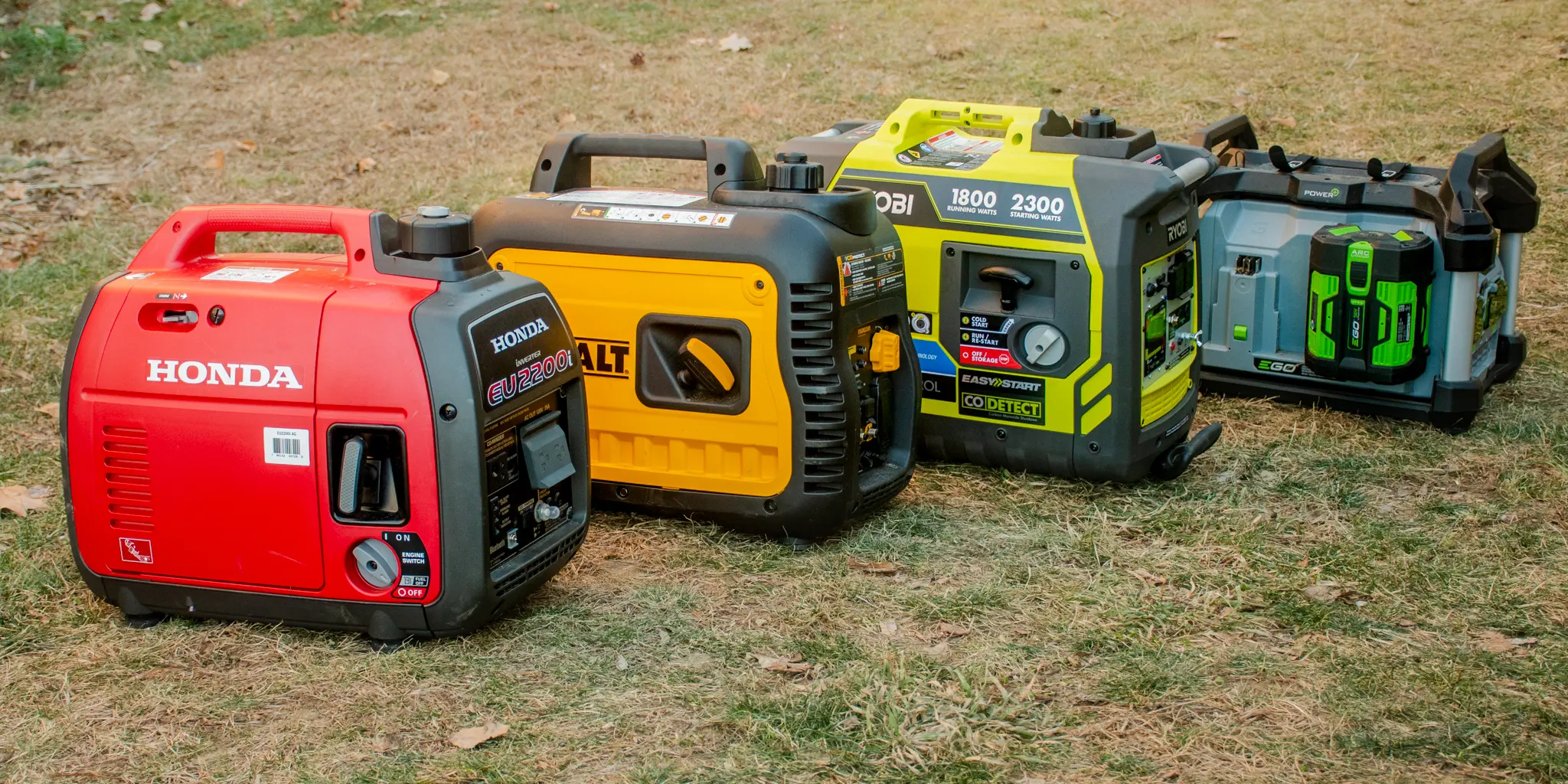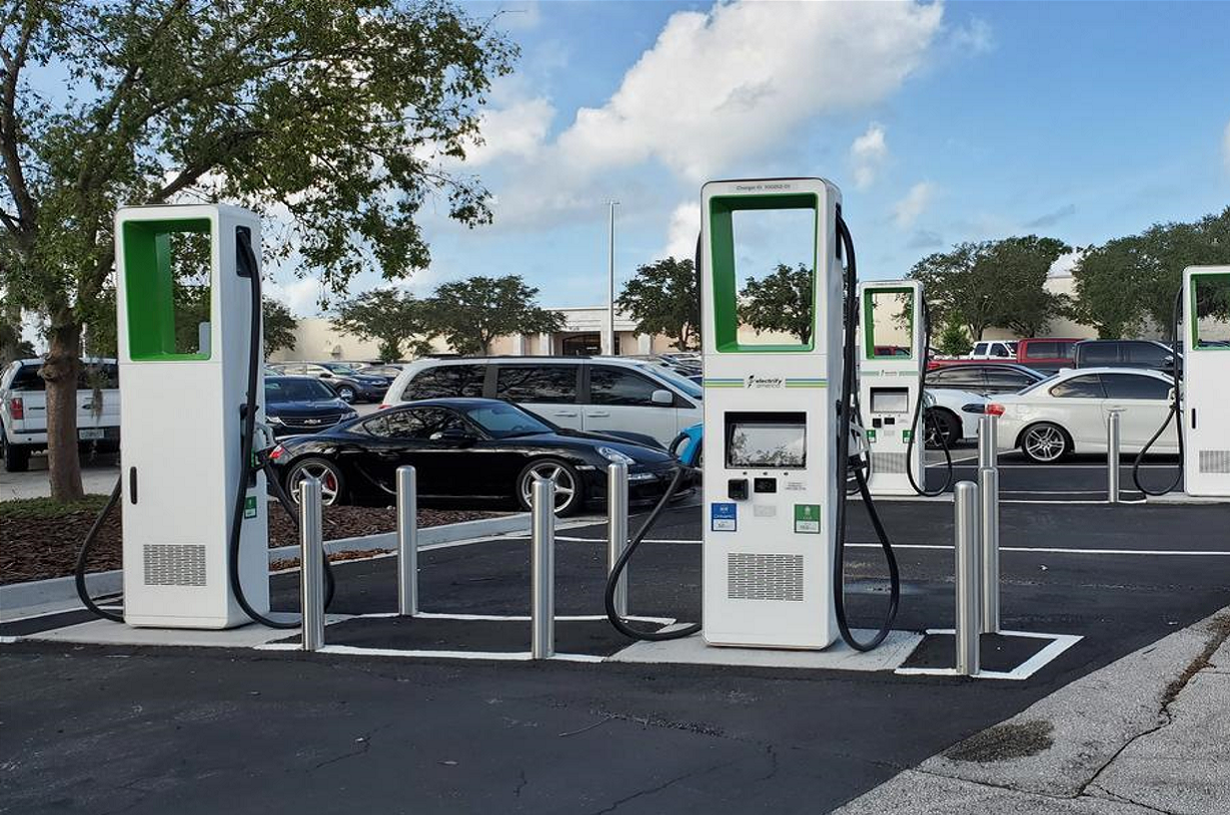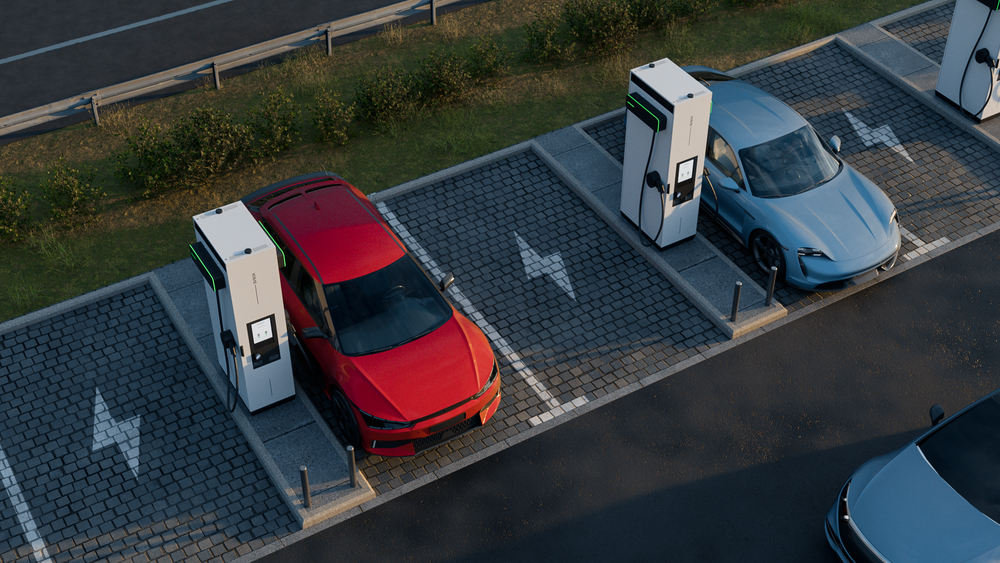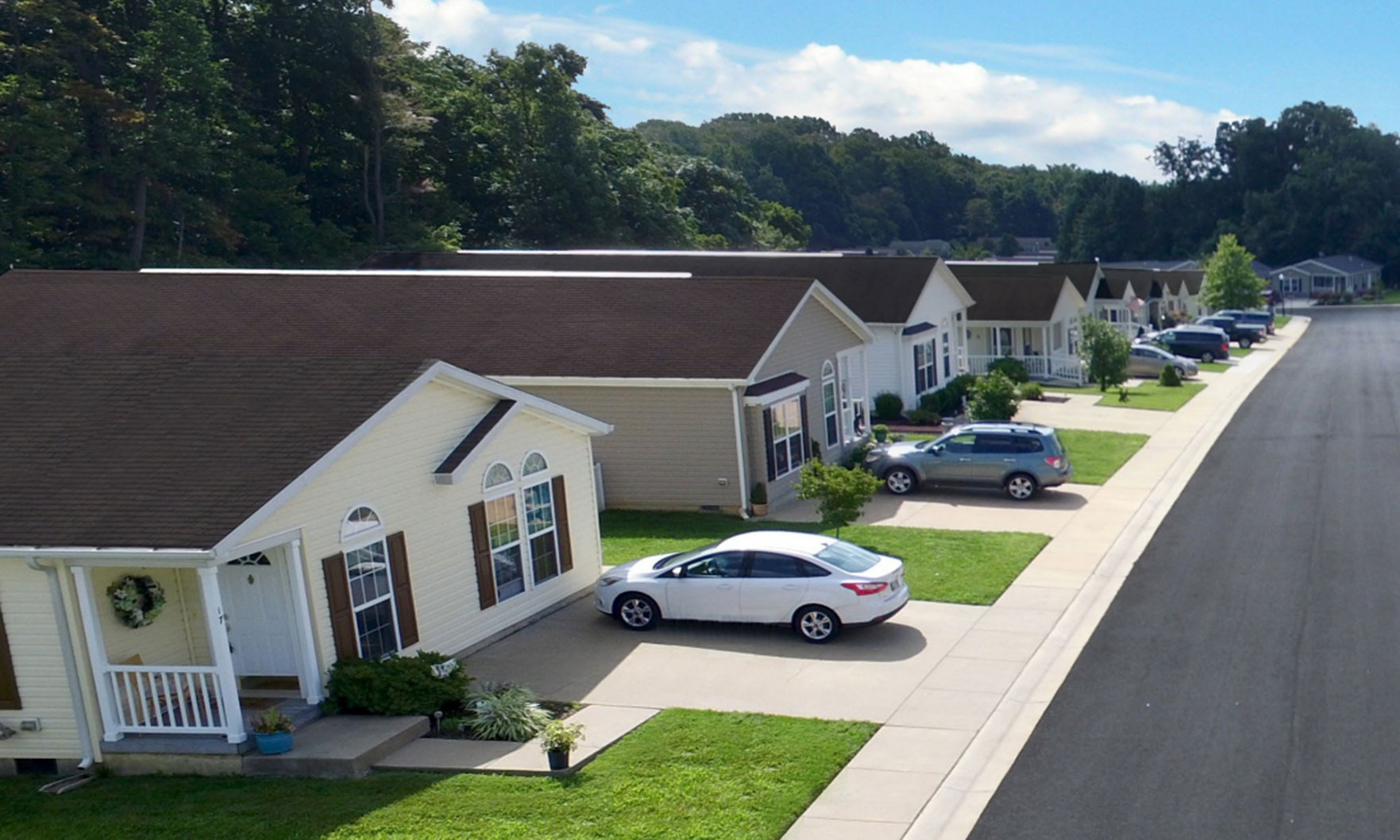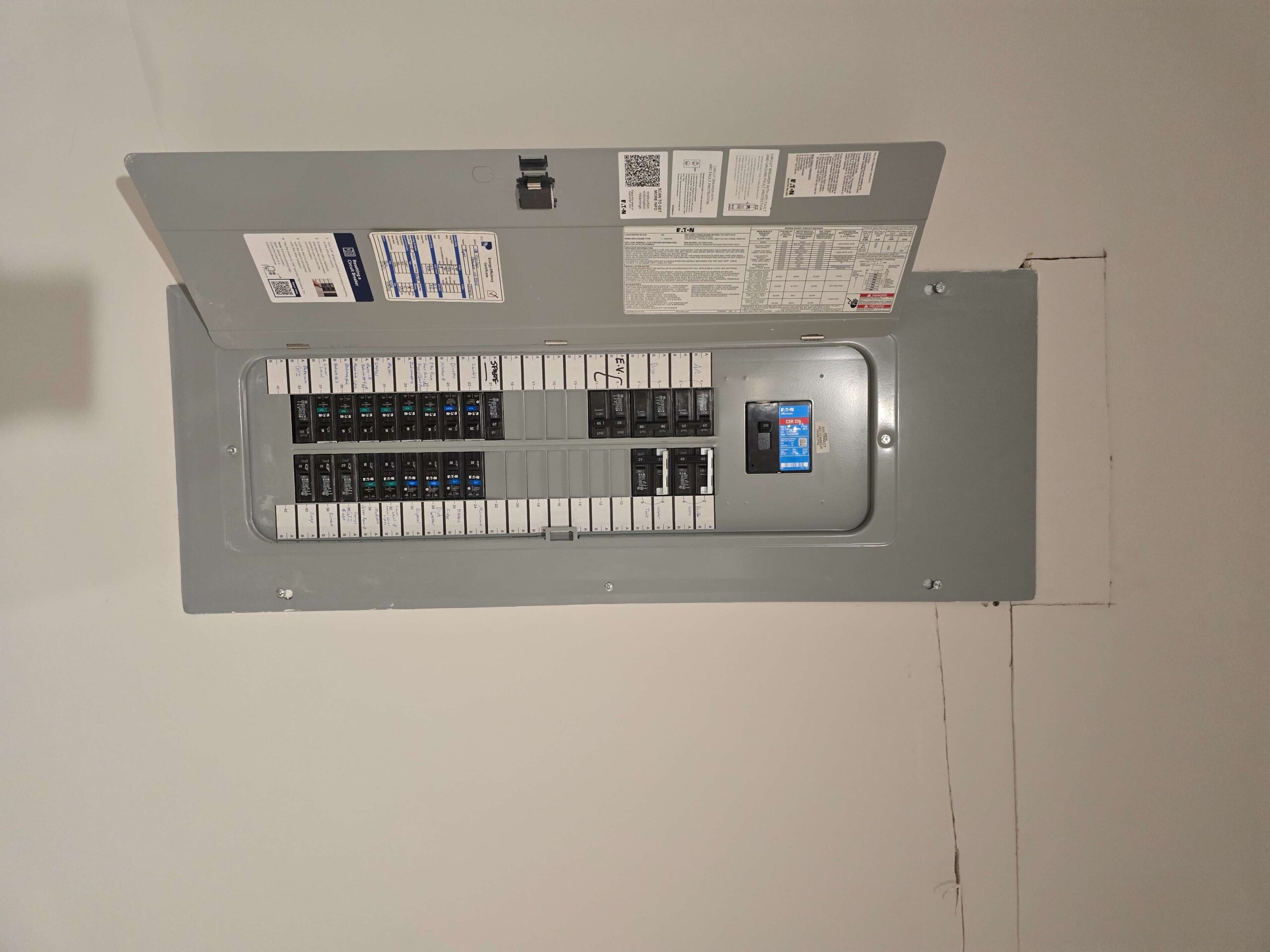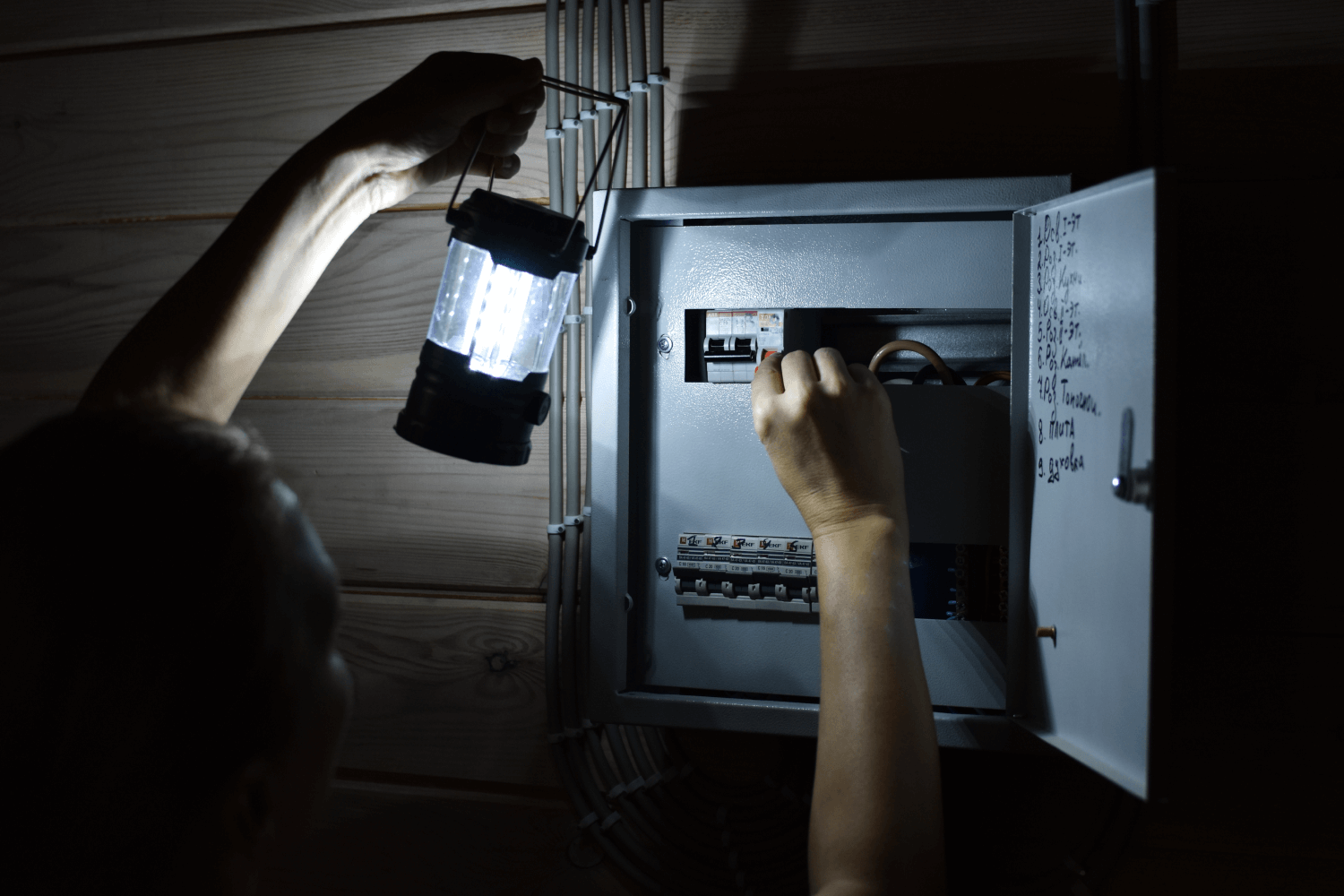
It’s a scene as familiar as a Buckeyes game Saturday: you’re in the kitchen of your Westerville home, the air fryer is humming, the microwave is going, and the coffee maker is gurgling. Suddenly, darkness! A quiet click. Everything stops. You sigh, grab a flashlight, and head to the basement to reset because your circuit breaker keeps tripping for what feels like the hundredth time this month. If this is your reality, you’re not alone. This frustrating and often worrying issue is one of the most common calls we get at Electric Medic from homeowners all over Columbus and Central Ohio.
A circuit breaker tripping is not a random event. It’s your home’s electrical system doing its most important job: protecting you. That little switch is a sentinel, designed to shut off power the moment it detects a problem that could lead to overheating, damage to your appliances, or even an electrical fire. Ignoring it or just repeatedly resetting it is like ignoring a smoke alarm. The problem isn’t the alarm; it’s the smoke.
This guide will walk you through the five most common reasons your breaker keeps tripping, what you can try yourself, and—most importantly—when it’s time to pick up the phone and call a professional local electrician like Electric Medic.
1. Overloaded Circuits: The Most Common Culprit
Think of a circuit like a single-lane bridge with a strict weight limit. Your kitchen circuit might be designed to handle 15 amps of power. Plug in a toaster (8 amps), a coffee maker (10 amps), and you’ve just exceeded the limit. The breaker switch keeps tripping because it’s overloaded, and it cuts power to prevent the wires in your walls from overheating and starting a fire.
What it feels like: The breaker keeps turning off, usually when you’re running multiple high-power appliances (space heaters, hair dryers, vacuums) on the same circuit at once.
What to do:
- Unplug devices: Immediately unplug appliances on that circuit.
- Redistribute the load: Plug appliances into outlets on different circuits. Knowing which outlets are on which circuit is a huge help.
- Prevent it: Be mindful of what you run simultaneously. Avoid running your air fryer and microwave on the same countertop outlet.
2. Short Circuits: A More Serious Danger
A short circuit is a more direct and dangerous issue. It occurs when a “hot” wire (black) accidentally touches another hot wire or a “neutral” wire (white), creating a path of very low resistance. This causes a massive, sudden surge of current that the breaker detects instantly, causing the breaker to trip immediately after reset.
What it feels like: You might smell a distinct burning odor from an outlet or switch, see a brownish discoloration around an outlet, or hear a popping sound when the trip happens.
What to do:
- DO NOT reset the breaker repeatedly. This is a serious fire hazard.
- Leave the breaker off and unplug all devices from the affected outlets.
- Call an electrician immediately. This is not a DIY fix. A licensed pro needs to find and repair the faulty wire or connection.
3. Ground Fault Surges: Often Related to Moisture
Similar to a short circuit, a ground fault happens when a hot wire touches a ground wire (bare copper or green) or a grounded part of the system, like a metal electrical box. Moisture is a common cause, which is why you might notice your circuit breaker trips when it rains or in damp areas like basements, bathrooms, and kitchens.
What it feels like: Similar to a short circuit, but it often occurs in rooms with water sources. If your spa keeps tripping the breaker or your water heater fuse keeps tripping, a ground fault is a likely suspect.
What to do:
- The same protocol as a short circuit: leave the breaker off, unplug everything, and call an electrician.
- For outdoor issues, ensure outdoor outlets have proper weatherproof covers and are GFCI-protected, as required by code.
4. An Aging or Failing Breaker Itself
Breakers aren’t meant to last forever. After years of faithful service, especially through countless Ohio thunderstorms that cause power surges, they can simply wear out. A weak breaker may keep tripping with no load, or under a normal load, it used to handle just fine. You might also notice your circuit breaker getting hot and tripping, which is a definite sign it needs replacement.
What it feels like: The tripping seems random and isn’t tied to any specific appliance. The switch on the breaker might feel loose or weak.
What to do:
- This is a job for an electrician. Replacing a breaker involves working inside the live electrical panel, which is extremely dangerous for a homeowner.
5. Faulty Appliances: Is the Problem in Your Stuff?
Sometimes, the issue isn’t in your walls but in what you’re plugging in. A malfunctioning appliance can develop an internal short circuit. When you plug it in, it immediately draws too much current and causes the trip.
What it feels like: You find that the bedroom circuit breaker keeps tripping only when you plug in a specific fan or lamp. Or your ceiling fan trips the breaker every time you turn it on to a certain speed.
What to do:
- The Appliance Test: Unplug all devices on the tripped circuit. Reset the breaker. Then, plug each device back in one by one until the breaker trips again. The last device you plugged in is likely the culprit.
- Stop using the faulty appliance and have it repaired or replaced.
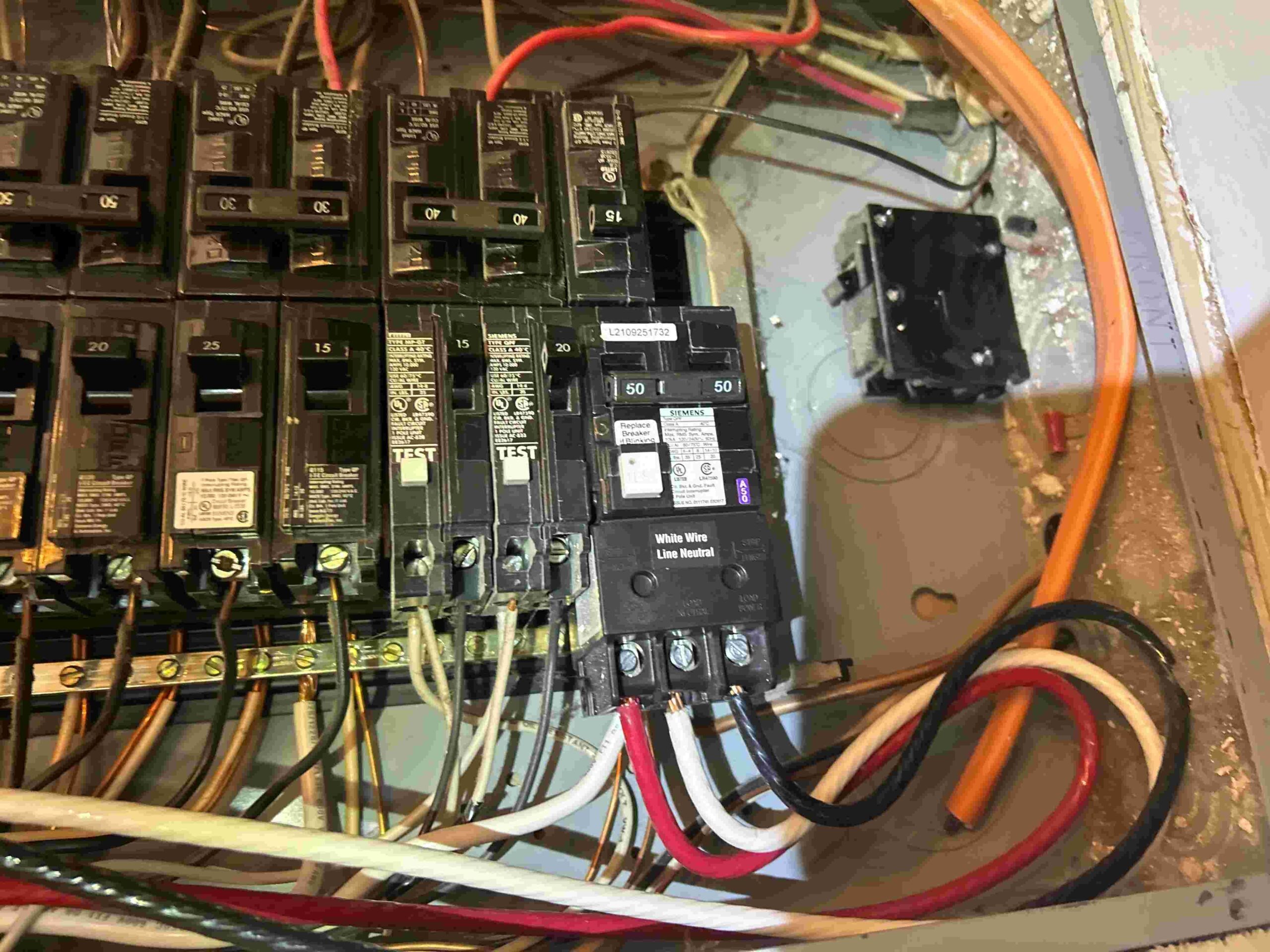
When to Absolutely Call an Electrician: A Columbus Homeowner’s Guide
While you can troubleshoot an overload, any of the following scenarios mean it’s time to call Electric Medic:
- The breaker trips immediately after reset, every single time.
- You smell burning, see smoke, or notice discolored outlets.
- Your breaker keeps tripping with no load on the circuit.
- If you see any signs of sparking or damage
- The circuit breaker getting hot and tripping is a major red flag.
- The problem began after a major lightning storm (breaker tripped after lightning).
- Your home is older (like many in Clintonville or German Village), and you suspect outdated wiring can’t handle modern loads.
FAQ: Circuit Breaker Tripping in Central Ohio
Q1: Why does my breaker keep tripping now when it never did before?
A: This is common in older Columbus homes. As we add more electronics and appliances, we push aging electrical systems past their original limits. It can also signal that a breaker is finally wearing out.
Q2: Is it dangerous if my breaker keeps tripping?
A: The trip itself is a safety feature and not dangerous. The danger lies in ignoring it and repeatedly resetting it without finding the cause. This can lead to overheated wires and electrical fires.
Q3: What should I do if my entire house breaker keeps tripping?
A: If your main breaker is tripping, it indicates a problem with your entire electrical system, or a major appliance, like your heat pump, keeps tripping the breaker. This is a serious issue that requires immediate professional diagnosis.
Q4: Why would a breaker trip with nothing plugged in?
A: This usually points to a problem within the circuit itself—a short or ground fault in the wiring, a faulty outlet, or a bad breaker. An electrician needs to investigate.
Q5: Can a power surge from AEP Ohio cause my breaker to trip?
A: Yes. Lightning strikes and grid switching by the utility company can send surges through your lines that cause breakers to trip. If it happens once, it’s likely fine. If it keeps happening, have us check for damage.
Q6: How much does it cost to fix a tripping breaker?
A: The cost depends entirely on the cause. Fixing a single overloaded circuit is different than rewiring a room for a ground fault. We always provide transparent, upfront quotes after a thorough diagnosis.
Q7: Are there any temporary fixes?
A: No. There are no safe temporary fixes for electrical problems. The only safe “fix” is to stop using the circuit until a professional can repair it.
Q8: Will I need to upgrade my entire electrical panel?
A: Not always. Often, the issue is isolated to one circuit. However, if your home has a 100-amp service and you’re constantly overloading it, we might recommend an upgrade to 200 amps to meet modern demands.
Q9: My breaker doesn’t trip, but no power to some outlets. What’s wrong?
A: This could be a sign of a lost connection, a problem with a GFCI outlet that has tripped elsewhere on the circuit, or a half-hot outlet controlled by a switch you might not know about.
Q10: How quickly can an Electric Medic electrician come out?
A: We offer prompt and reliable service throughout Central Ohio. We understand electrical issues can’t wait, and we strive to provide same-day or next-day service for urgent issues like these.
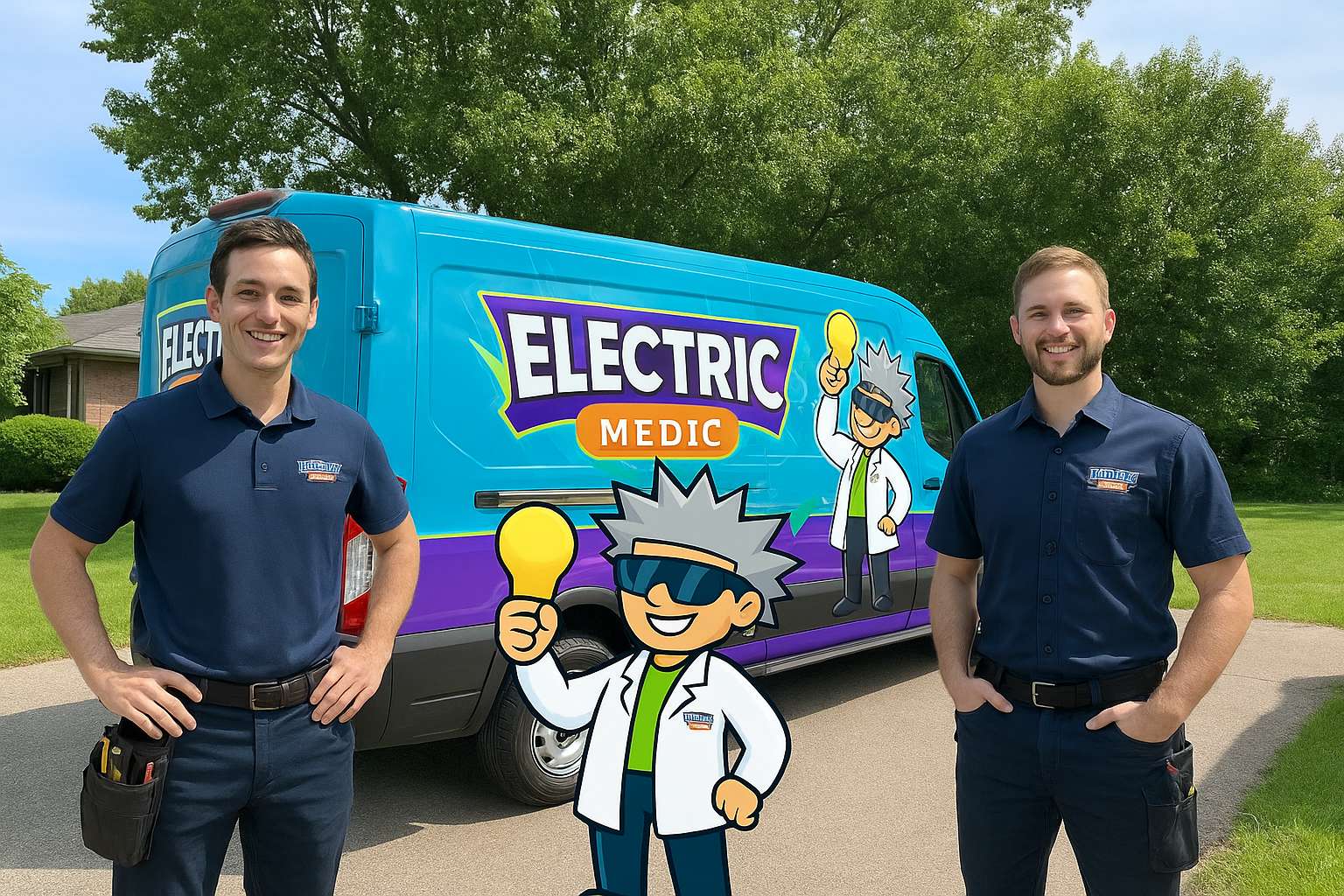
Don’t Play Games with Your Safety. Call Electric Medic Today on (614) 866-6020
A circuit breaker tripping is your home’s cry for help. It’s telling you something is wrong. While some issues are simple, many are serious and require the expertise of a licensed electrician. For homeowners in Columbus, Worthington, Dublin, Powell, and all over Central Ohio, Electric Medic is here to provide that expertise.
Our team of local electricians will diagnose the root cause of your breaker problems, explain it to you in plain English, and provide a safe, code-compliant, and lasting solution. We’ll ensure your family and your home are protected.
Stop resetting and start solving. Contact Electric Medic today for a thorough electrical inspection and get peace of mind.


